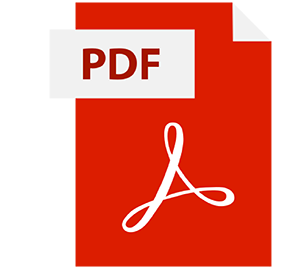Overview
The Russia-Ukraine conflict has dominated the global digital and social media spaces since February and has redefined how info wars are being waged worldwide. Since its start, it stands as one of the most relevant examples of hybrid warfare today. For example, data from the Paris-based fact-check platform, AFP Fact Check, shows that Ukraine was the top mentioned country in AFP Fact Check in the last few months owing to a surge of Disinformation and fake news related to the country. Moreover, reporting on the Russia-Ukraine conflict having peaked in March 2022 has since shown a steady decline.
To gauge the incidence and proliferation of fake news in the Russia-Ukraine conflict, we looked at how international media covered Fake News and Disinformation throughout this conflict. Our study shows that media reporting on fake news remained highly selective and divided worldwide. In essence, it demonstrates how fake news has become a narrative tool to discredit, obfuscate, and selectively leverage information asymmetry and fog of war in line with geopolitical narratives.
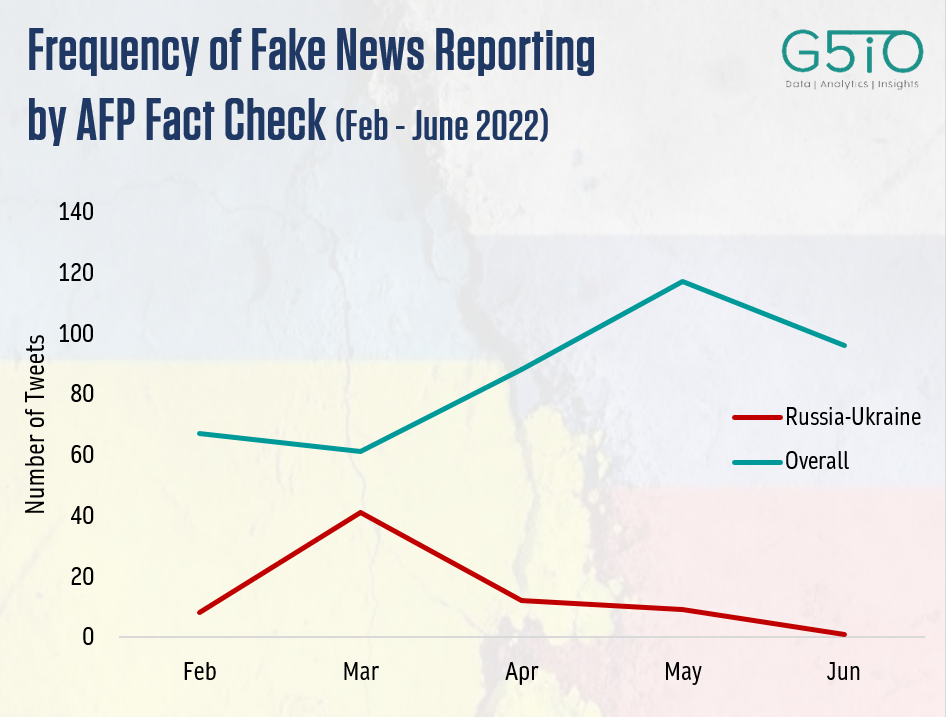
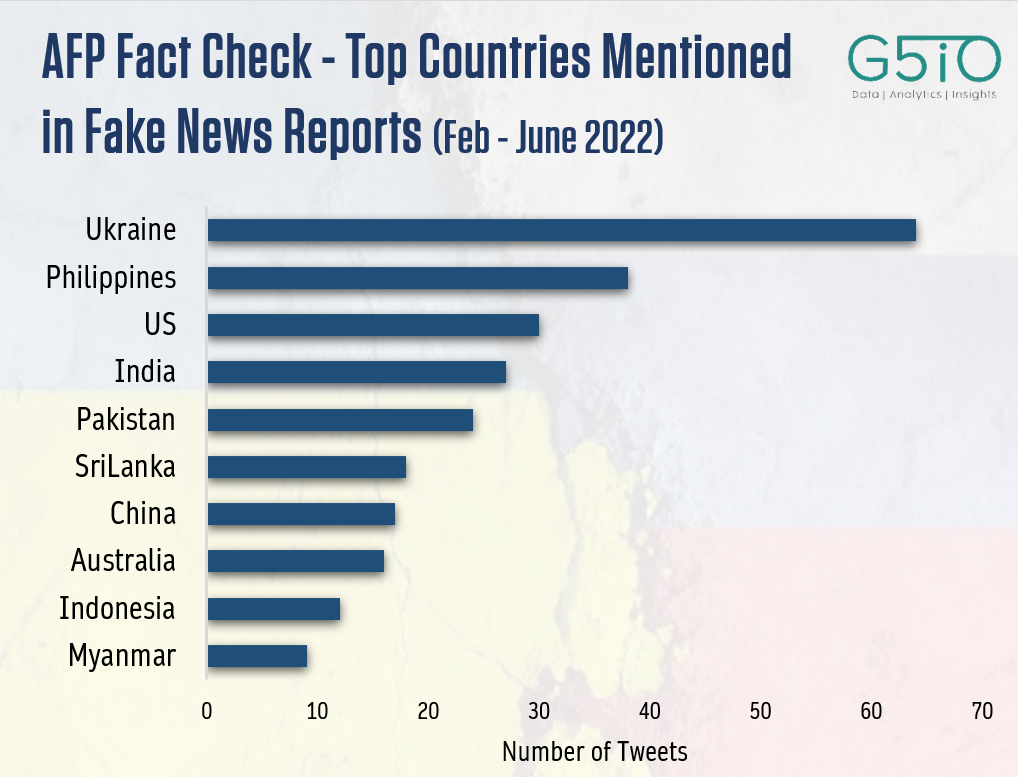
Methodology
We scraped 268 articles focusing specifically on their source and the overall tilt of their headlines using the ‘Web Harvey’ software. These were based on 20+ pages of google search results (across five separate locations) against the search phrase “Russian Ukraine Conflict Fake News.” We then categorized these headlines as either pro-Russian, pro-Ukraine, or Neutral. We then classified these news articles based on the country of origin of their publishers to see whether there were any patterns worth mapping as to where fake news was being reported the most regarding this conflict. Since we used Google as our primary data source, the data does not include articles from key Russian media agencies such as RT and Sputnik due to censorship in place by Google.
Media Coverage of Fake News Related to the Conflict
The following graph shows how different media outlets reported on fake news and Disinformation in the Ukraine-Russia conflict. First, we saw media reports criticizing Russia for running fake news factories, accusing the Russian government of using fake news as a propaganda tool to justify its war and related narratives. On the other hand, we also saw pro-Russian reporting, covering Russian claims that ‘the West’ was running a smear campaign against Russia and reporting on initiatives taken by the Russian side to curb the proliferation of fake news. Finally, neutral reporting covered the spread of Disinformation in the ongoing war without blaming either side. Instead, the news focused on how various actors use different methods and platforms to spread fake news and how it can be spotted and stopped.

Content Analysis of Reporting on Fake News
A content analysis of our data set shows that the majority of the reporting on fake news focused on state-led propaganda during the conflict in which “statemedia,” “statenews,” and “Russianofficials” were primarily held responsible for disseminating fake news. This narrative was built around blaming Russia for running a coordinated disinformation campaign alongside its military operations, such as criticism of the Russian government’s decision to block social media websites like Facebook to curb the proliferation of fake news. In addition, there were several reports on the “Russian military” committing “warcrimes” in Ukraine, which the Russian government rebutted as “propaganda” and “information warfare.” Similarly, Vladimir Putin was referred to regarding his decision to introduce “jailtime” and “criminalcases” for people found guilty of spreading fake news against Russia and its military.

Top Media Houses Highlighting Fake News during the Russia-Ukraine Conflict
Aljazeera is the only non-western media source out of our data set’s top five media networks. The rest comprise two networks from the UK (BBC & Guardian) and two from the US (Washington Post & AP news).
Out of these, Al Jazeera’s reporting on fake news in the Russian- Ukraine conflict exhibited the most balanced approach, as it referenced and debunked fake news from both the Ukrainian and Russian sides. In contrast, the other top sources from our data only reported fake news with a pro-Ukrainian and Anti-Russian tilt.
The graph shows that although there has been a plethora of fake news and Disinformation going around in the current conflict from both sides, media sources across the world were nevertheless quite selective in their reporting, especially those that toed a pro-West narrative.

How different media houses framed fake news based on their country of origin
The following graph shows top news sources categorized by their country of origin. UK and US media networks have been the most active in reporting fake news, albeit with a more pro-Ukrainian lens. In contrast, the Middle East and India were more balanced in reporting fake news as they gave space to certain Pro – Russian narratives. EU news sources were the most partisan as they only highlighted how Russians spearheaded disinformation propaganda as a war tool against Ukraine. In contrast, Indian media networks have taken a more neutral and pro-Russian stance reporting on the surge of fake news in the ongoing conflict without blaming either side for the spread of Disinformation.
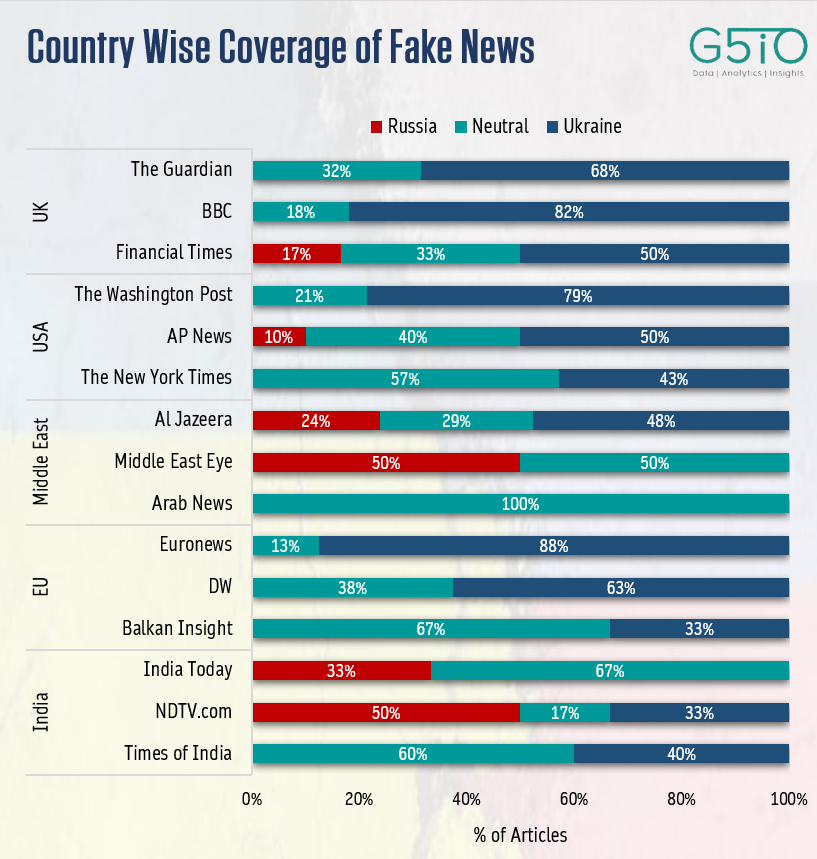
Mapping Fake News and Media Bias by World Regions
The following graph shows how each of the above-mentioned media outlets has favored either a neutral, pro-Russian, or pro-Ukrainian stance in their overall coverage of this conflict based on their country of origin – especially in their selective coverage of Fake News.
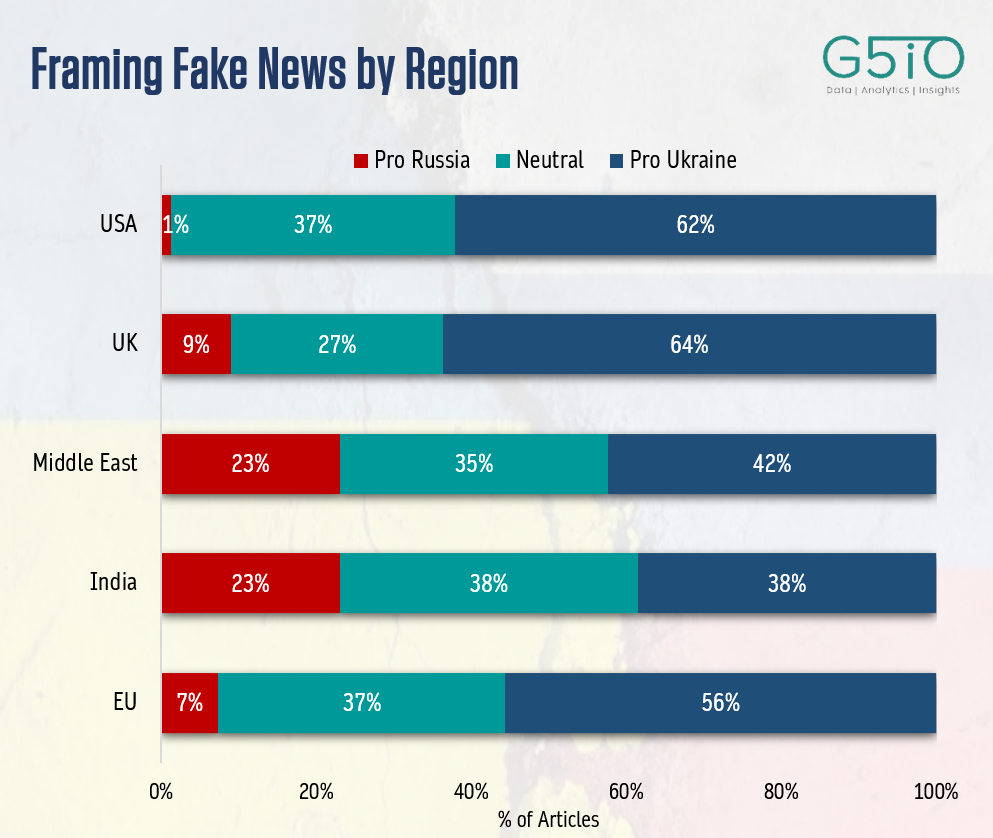
Taking a broader view of how the world’s major media networks have specifically covered the issue of Fake News throughout this conflict, there is an evident and polarizing divide reflective of the world’s changing geopolitical fault lines. The graph below reflects not only a New Cold War, but also the pervasive polarization between the developed and underdeveloped world.
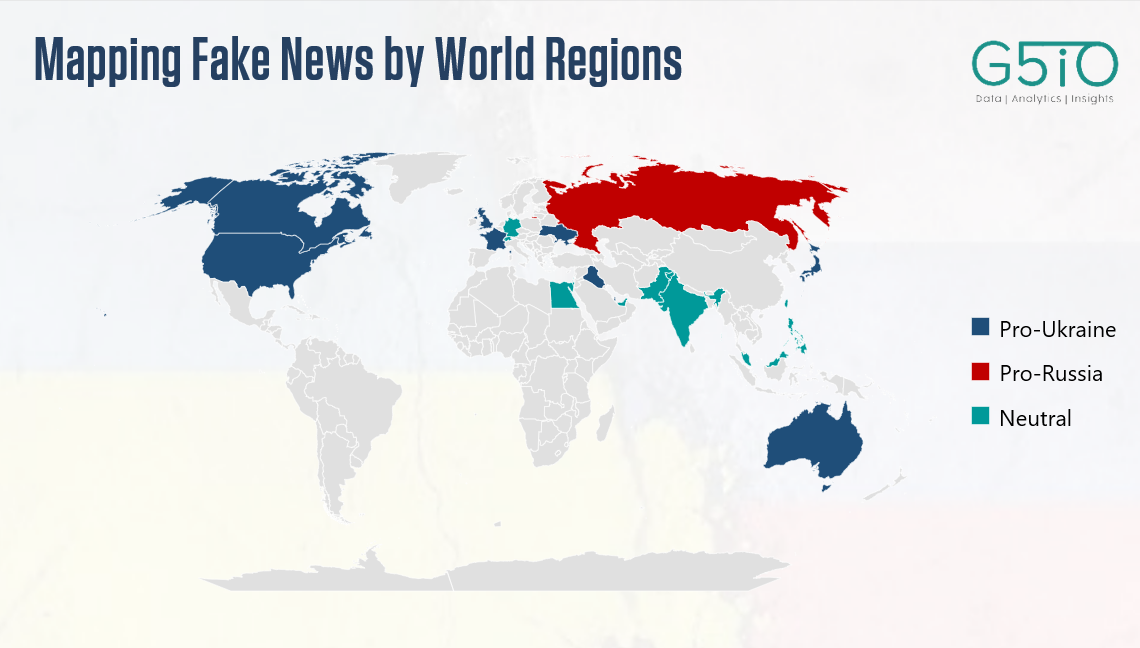
Conclusion
- Reporting on fake news has itself become a war over narratives in the ongoing Russia-Ukraine conflict
- The report shows a clear bias in how fake news has been reported, blaming either Russia or the West for the propagation of Disinformation
- Overall, the reporting on Fake news has been primarily Western-centric- as major media and digital platforms (such as Google) have censored Russian media outlets.
- There has been little effort to identify and curb fake news by international media outlets; instead, fake news itself has been securitized as an agenda tool to blame and run narratives against the opposite side.
